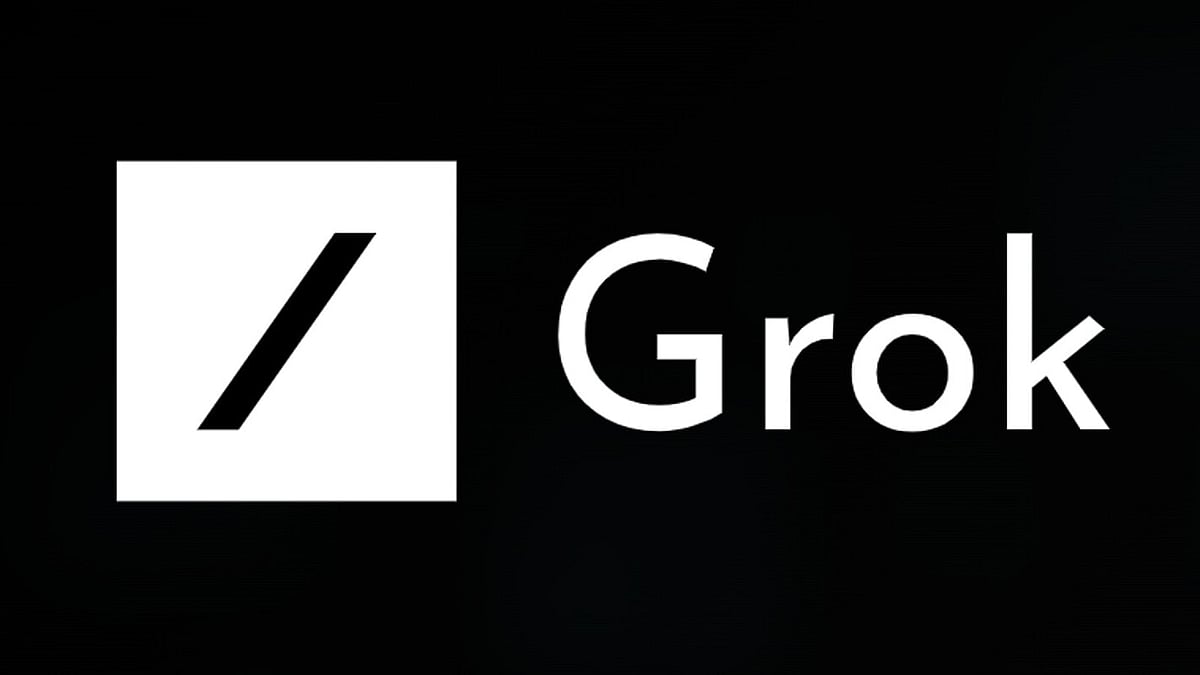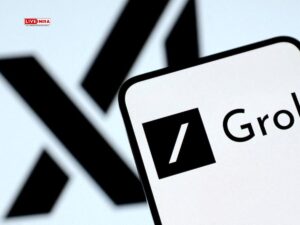Grok-3 by Musk Shows Slight Edge Over Chinese DeepSeek AI: Report

The Landscape of AI Development: Grok vs. DeepSeek
As the battle for dominance in artificial intelligence (AI) intensifies, two significant players have emerged: Grok, developed by Elon Musk’s xAI, and DeepSeek, a Chinese competitor. Both are making waves in AI capabilities, though they adopt very different methodologies. One focuses on accessibility and efficiency, while the other relies on sheer computational power. Recent reports shed light on their contrasting approaches, revealing the growing sophistication of AI technology.
Grok-3: A Powerhouse of Computational Resources
Grok-3 is the latest and most advanced model from Musk’s xAI. It utilizes an impressive 200,000 NVIDIA H100 graphics processing units (GPUs) within the xAI supercomputer known as Colossus. This model is a prime example of the brute-force strategy in AI, where immense computational resources translate into notable advancements in performance. According to research from Counterpoint, Grok-3 slightly surpasses competitors such as DeepSeek-R1, OpenAI’s GPT-3, and Google’s Gemini 2.
Key Features of Grok-3
- Massive Scale: With 200,000 H100 GPUs, Grok-3 relies on extensive computational resources contributing to its impressive performance.
- Incremental Gains: While its results are significant, Grok-3 represents a form of growth that can primarily be supported by well-funded tech firms or governmental bodies.
- Proprietary Development: Unlike its competitors, Grok-3 operates within a closed system, limiting access to its advanced architecture.
DeepSeek-R1: An Efficient Alternative
On the other hand, the DeepSeek-R1 model has gained significant attention for offering similar performance levels while utilizing a drastically reduced number of resources. Remarkably, it was trained using just 2,000 NVIDIA H800 GPUs, which are an alternative that meets export compliance standards. This efficient training method underscores the model’s innovative architecture and algorithmic prowess.
Highlights of DeepSeek-R1
- Efficiency Focus: By employing only 2,000 GPUs, DeepSeek-R1 showcases how algorithmic design can outshine raw computational power.
- Innovative Techniques: It utilizes advanced strategies, including Mixture-of-Experts (MoE) and reinforcement learning, to enhance reasoning capabilities.
- Open-Source Advantage: DeepSeek has made headlines by open-sourcing its flagship model, aiming to close the gap with frontier reasoning models while promoting accessibility.
The Future of AI: Different Paths to Success
Counterpoint’s analysis indicates that Grok and DeepSeek reflect two distinct philosophies in AI development. Grok emphasizes the advantages of high-end computing, aiming for performance through extensive resource allocation. Conversely, DeepSeek highlights the impact of clever algorithm design and resourceful data usage, proving efficient methods can yield competitive results.
Comparisons Between Grok and DeepSeek
| Feature | Grok-3 | DeepSeek-R1 |
|---|---|---|
| Compute Resources | 200,000 NVIDIA H100 GPUs | 2,000 NVIDIA H800 GPUs |
| Model Type | Proprietary | Open-source |
| Strategy | Brute-force scale | Algorithmic ingenuity |
In summary, both Grok and DeepSeek are shaping the future of AI technology. While Grok is paving the way with vast computational resources, DeepSeek is proving that smart design and efficient resource use can also lead to powerful advancements in the AI landscape. As these technologies evolve, it will be fascinating to observe how they each carve out their own niche in the ongoing AI revolution.






